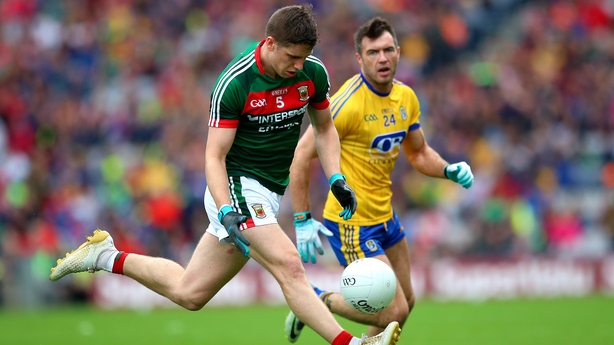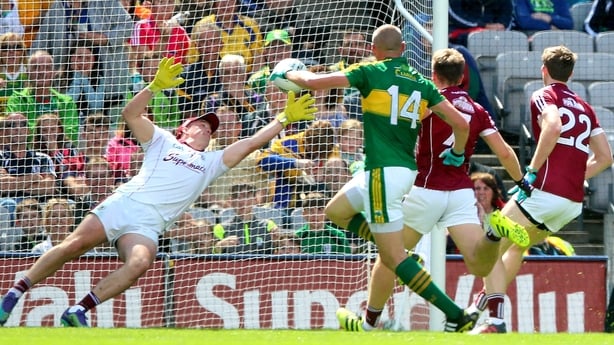The All-Ireland football qualifiers came to be in 2001 when the backdoor was opened for the first time.
The public quickly became used to the new All-Ireland quarter-final stage and it was the generally accepted rule that the serious football didn’t really start until we were down to the last eight at the August Bank Holiday weekend.
The rules are changing however, and it is now seems that the real stuff doesn’t start until the All-Ireland semi-finals roll around in the second half of August.
So far we have had four quarter-finals, with one more to come on Monday with the Roscommon-Mayo replay on Monday.
And apart from that all-Connacht draw we have had a series of lopsided results. Kerry eased past Galway by eight points, Tyrone blew apart Tyrone with 18 points the final margin and Dublin had 10 points to spare against Division 1 Monaghan.

That’s an average winning margin of nine points per match - and that’s even with one of the four games finishing level. What’s becoming clear is that the very best teams in the country are pulling ahead of the rest.
There used to be time that being in the top flight of the League was as good as a guarantee that you could mix it with anyone and realistically expect to still be in the hunt come quarter-final time.
Division 1 is still the place to be, but Dublin, Kerry and Tyrone are now well ahead of nearly everyone else.
Mayo may still be in that elite bracket, but we won’t know that until we see what they can produce against a Roscommon team, who, even if they do win, can’t be considered realistic Sam Maguire contenders at this stage.

This, of course, leaves the GAA in a sticky situation. From next year, and for a minimum experimental phase of three years, the All-Ireland Senior Football Championship will feature two round robin groups instead of quarter-finals. This has been christened the Super 8s.
That means there will be eight teams and 12 games, eight more than there currently are. If that leads to more mis-matches it will be a very tough sell on all fronts.
Not only will it be hard to get bums on seats, but players themselves are going to lose interest pretty quickly too.
There’s little question that the current top three, in no particular order Dublin, Kerry and Tyrone, are the three best resourced football squads in the country. They all have enviable fund-raising ability and this means they can afford the best preparation.

This trickles down too to underage, where the production lines are moulding talented youngsters with ambitions of playing senior football for their counties - and winning All-Ireland titles.
Counties like Monaghan and Roscommon, who come along with fine teams maybe once in a generation, are punching above their weight and find it difficult to sustain.
Croke Park can address some of this imbalance by redirecting central funds, putting coaches on the ground and giving larger training grants to senior squads. This may not be what they chose to spend their money on though.
And even if it is, it’s going to take years, if not decades, for standards to level out. Before then there are three seasons of the Super 8s, something that’s likely to be introduced into hurling later this year too.
What seemed like a good idea to give more teams more Championship games, allowing fans additional chances to see the best players in action, is in danger of becoming a shooting gallery for the strongest teams to run up big wins against also-rans.


